#the merry wives of windsor
Text
You know what era of romcoms I miss? It's the early 2000s teen romcoms that were based on classic literature. They were some of my favorite ones, and yeah, some were loosley based, but they still hit those important bases, and they were so much fun.
We had:
Shakespeare's Taming of the Shrew - 10 Things I Hate About You
Shakespeare's 12th Night - She's the Man
Snow White - Sydney White
Cinderella - A Cinderella Story, What a Girl Wants
Little Mermaid - Aquamarine
Jane Austen's Emma - Clueless
The Scarlett Letter - Easy A
Shakespeare's Romeo and Juliet - Warm Bodies
Shakespeare's Midnight Summer's Dream - Get Over It
Pygmalion - She's All That
Shakespeare's The Merry Wives of Windsor - John Tucker Must Die
Jane Austen's Sense and Sensibility - Material Girls
I might be missing some, but I remember just having fun with these. One of my English teachers also showed us a few of these movies while studying Shakespeare to show how pieces of literature can change over the years and inspire other's own takes.
#teen romcoms#romcoms#taming of the shrew#10 things i hate about you#romeo and juliet#warm bodies#12th night#she's the man#cinderella#a cinderella story#what a girl wants#snow white#sydney white#the little mermaid#aquamarine#jane austen emma#clueless#sense and sensibility#material girls#the merry wives of windsor#john tucker must die#pygmalion#she's all that#get over it#a midnight's summer dream#scarlet letter#easy a
206 notes
·
View notes
Text
#shakespeare#romeo and juliet#hamlet#much ado about nothing#as you like it#a midsummer night's dream#twelfth knight#Othello#the merry wives of windsor
315 notes
·
View notes
Text
Social Shakespeare has Merch!
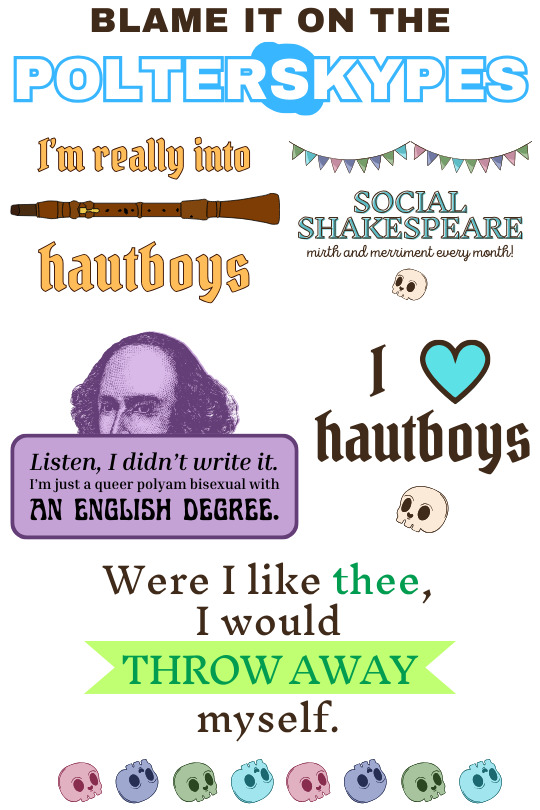
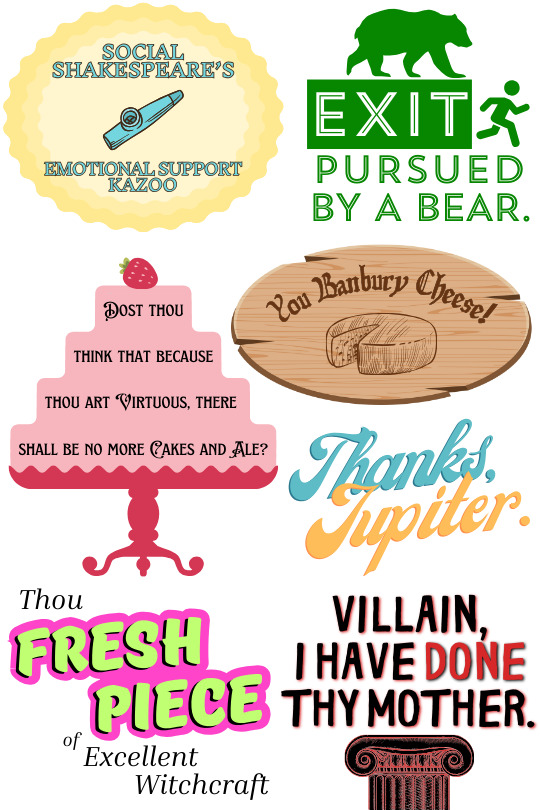
We are making another post to let you know about some of the new designs we've put up on the Redbubble Shop! Some of these came into being just yesterday during a reading of A Winter's Tale! We hope you enjoy them.
If you have suggestions for quotes or other things you’d like to see, send me a message! If you’d like to design something, EVEN BETTER.
#Social Shakespeare#Merchandise#The Winter's Tale#As You Like It#Titus Andronicus#The Merry Wives of Windsor#Cymbeline#shakespeare
60 notes
·
View notes
Text
Tell me why in the tags!!
(p.s. I really wanted to put Claudius, Don John, and Regan and Goneril on here, but no space. So if you vote for one of them put it in the tags and please know they were in my heart.)
#CASSIUS IS NOT AN ANTAGONIST. TO ME.#i was like i want cassius to be included but do people even really think he's an antagonist?#so i looked up 'shakespeare antagonists' and he was right there. wtf guys#BUT. idk if he is the Most Sympathetic of all these people...#time for so many tags#the merchant of venice#twelfth night#the tempest#king lear#macbeth#the merry wives of windsor#coriolanus#othello#julius caesar#romeo and juliet#titus andronicus
31 notes
·
View notes
Text

The Merry Wives of Windsor illustrated by Hugh Thomson, 1910.
Source: luna.folger.edu
76 notes
·
View notes
Text
Shakespeare Weekend!
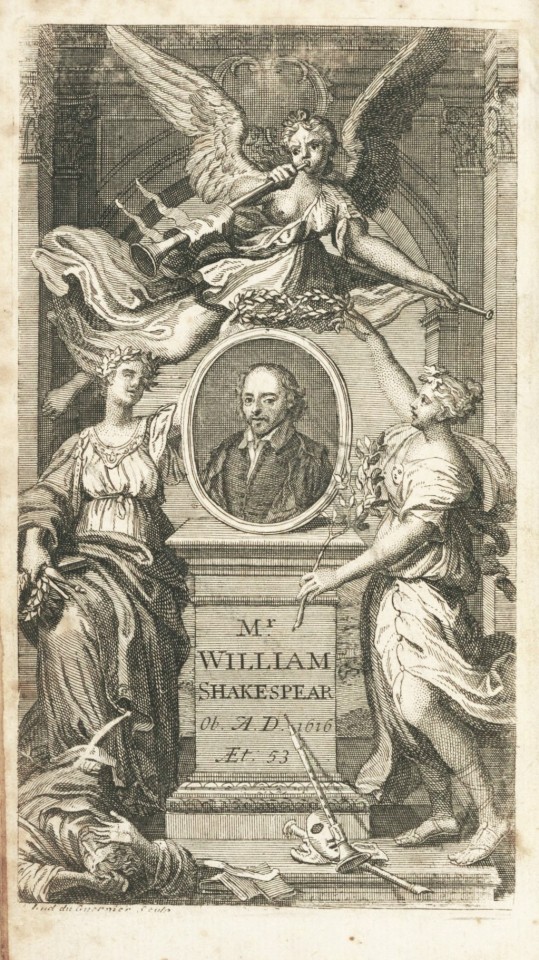
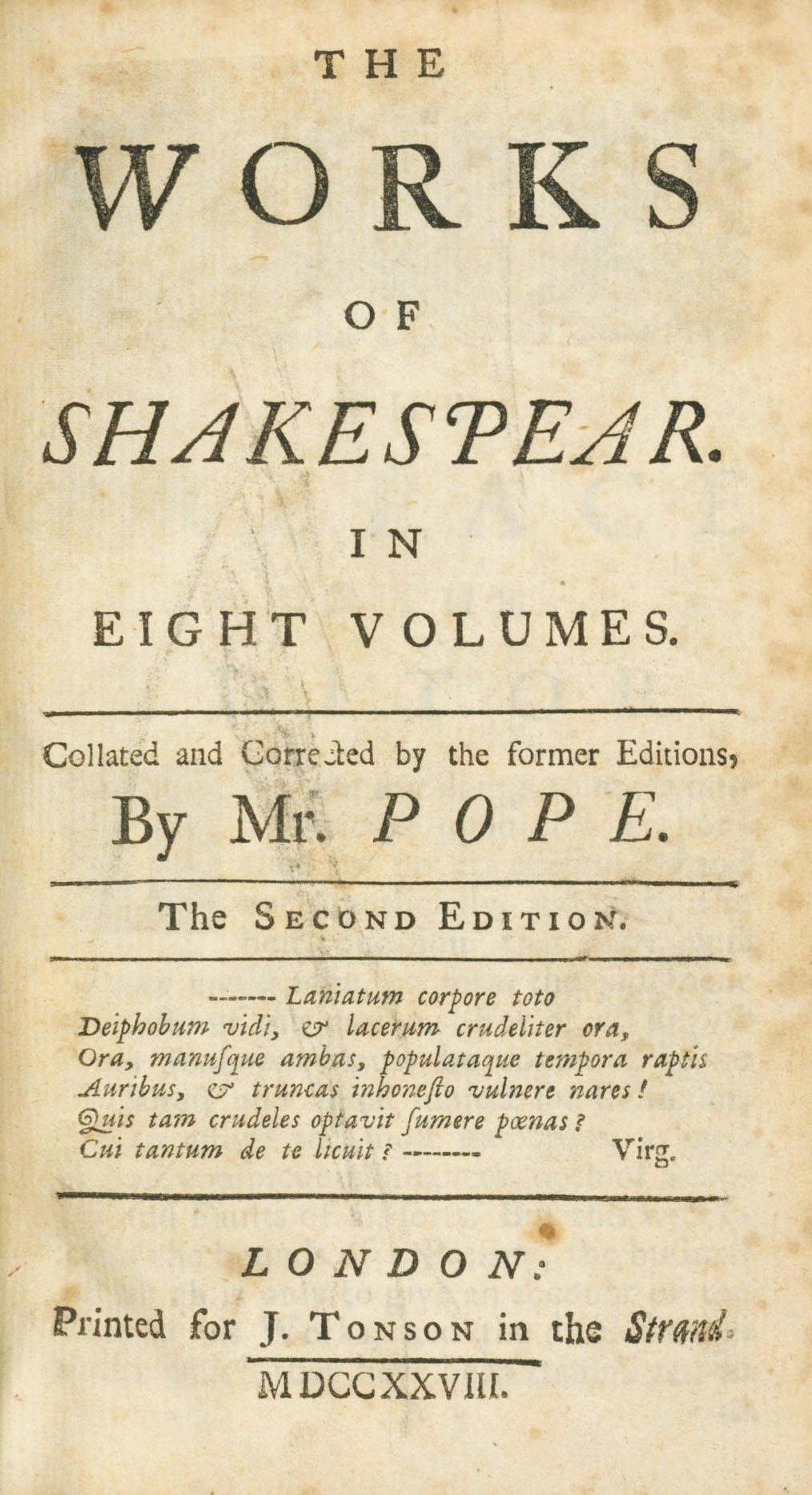


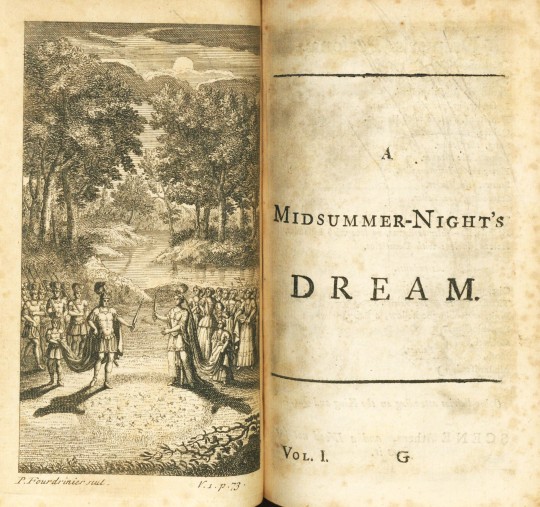



The next illustrated collection of Shakespeare from our holdings is the second edition of The Works of Mr. William Shakespear: In Ten Volumes published by Alexander Pope (1688-1744) and Dr. George Sewell (d. 1726) for Jacob Tonson (1655-1736). Pope’s second edition was published in eight volumes in 1728, followed by supplementary ninth and tenth volumes. Sewell is only credited within the tenth volume.
Volume One includes a preface by Pope followed by Nicholas Rowe’s biographical essay Some Account of the Life of Mr. William Shakespear and a poem in memory of Shakespeare by English dramatist Ben Jonson (1572-1637). Plays contained within volume one include The Tempest, A Midsummer Night’s Dream, The Two Gentlemen of Verona, The Merry Wives of Windsor, and Measure for Measure.
Pope’s editions of Shakespeare were the first attempted to collate all previous publications in order to help determine authorial text and regularize Shakespearean metre. He consulted twenty-seven early quartos restoring passages that had been out of print for almost a century. Pope also took liberties in removing about 1,560 lines of material that didn’t appeal to him. Some such lines were degraded to the bottom of the page with his other editorial notes. At the time, his editorial hand was met with some criticism and dismissal but historically it may be seen as one of the first scholarly approaches to Shakespeare.
Pope followed in Rowe’s footsteps including scene divisions, stage directions, dramatis personae, and full-page engravings preceding each play. Volume One’s engravings are attributed to French artist Louis Du Guernier (1677-1716) and Englishman Paul Fourdrinier (1698-1758). Dedicated readers of Shakespeare Weekend may notice some of the engravings’ extreme similarities to François Boitard’s work from Rowe’s volumes, particularly in the frontispiece interpretation of Shakespeare's Stratford monument.
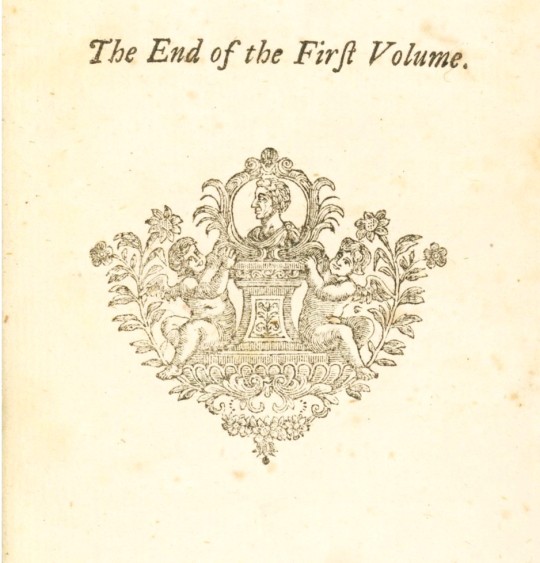
View more Shakespeare Weekend posts.
-Jenna, Special Collections Graduate Intern
#Shakespeare Weekend#william shakespeare#shakespeare#the works of mr. william shakespear: in ten volumes#alexander pope#dr. george sewell#george sewell#jacob tonson#nicholas rowe#ben johnson#the tempest#a midsummer night's dream#the two gentlemen of verona#the merry wives of windsor#measure for measure#louis du guernier#paul fourdrinier#francois boitard#engraving
33 notes
·
View notes
Text
Among playwrights, Shakespeare was an anomaly: all of his contemporaries had either matriculated at Cambridge or Oxford or, like Kyd and Jonson himself, had the private education that was a close equivalent. In a verse letter addressed to Jonson, Francis Beaumont, an Oxford matriculant as well as Jonson’s pupil, feigning untutored modesty, likens his style first to that of a Devon cheese-maker and then to Shakespeare’s:
heere, I would lett slip
(If I had any in me) schollershipp,
And from all learninge leave these lines as cleare
As Shakespeares best are.
In this jibe, even Shakespeare’s best lines lack scholarship.
Shakespeare may himself have made a joke of his unlearning. Both As You Like It and Merry Wives of Windsor feature an academically challenged character who is repeatedly called William. In the former, the stock country bumpkin is mocked by the court fool: to Touchstone’s question “Is thy name William?” he replies “William, sir”; and to Touchstone’s rhetorical follow-up, “Art thou learned?” he answers an earnest, “No, sir.” In Merry Wives of Windsor, an entire scene focuses on an underperforming schoolboy who bungles through his Latin declensions as his exasperated school master calls him to attention 10 times by name.
#shakespeare#william shakespeare#francis beaumont#ben jonson#as you like it#merry wives#the merry wives of windsor#william#learning#teaching#education#oup#oup blog
27 notes
·
View notes
Text
the merry wives of windsor is the funniest shakespeare play purely in concept because the queen of shakespeare's entire country told him to write a play where falstaff fell in love and shakespeare did but he did not let that old man get a single bitch
#the merry wives of windsor#is possibly my least favourite play to watch or at least up there because falstaff i hate you#HOWEVER. i think it's soooooo funny that he was blorbo from elizabeth i's plays#was she disappointed. god i hope so that would be even funnier#shakespeare#mine
96 notes
·
View notes
Text
(after some thought, i decided to include middle-aged, thus the merry wives and cleopatra)
#shakespeare#macbeth#the merry wives of windsor#coriolanus#romeo and juliet#king john#richard iii#the henriad#measure for measure#hamlet#antony and cleopatra
10 notes
·
View notes
Text
ROUND 1 : OVERTURES

Songs under the cut
youtube
youtube
youtube
youtube
youtube
youtube
youtube
youtube
youtube
youtube
#opera#opera music#jacques offenbach#orpheus in the underworld#otto nicolai#the merry wives of windsor#georges bizet#carmen#ruggero leoncavallo#pagliacci#wolfgang amadeus mozart#the magic flute#the marriage of figaro#gioachino rossini#the barber of seville#giacomo puccini#turnadot#giuseppe verdi#rigoletto#johann strauss ii#die fledermaus#Youtube
9 notes
·
View notes
Text
#polls#william shakespeare#cross dressing#plays#twelfth night#cymbeline#the merchant of venice#as you like it#the taming of the shrew#two gentlemen of verona#the merry wives of windsor
42 notes
·
View notes
Photo


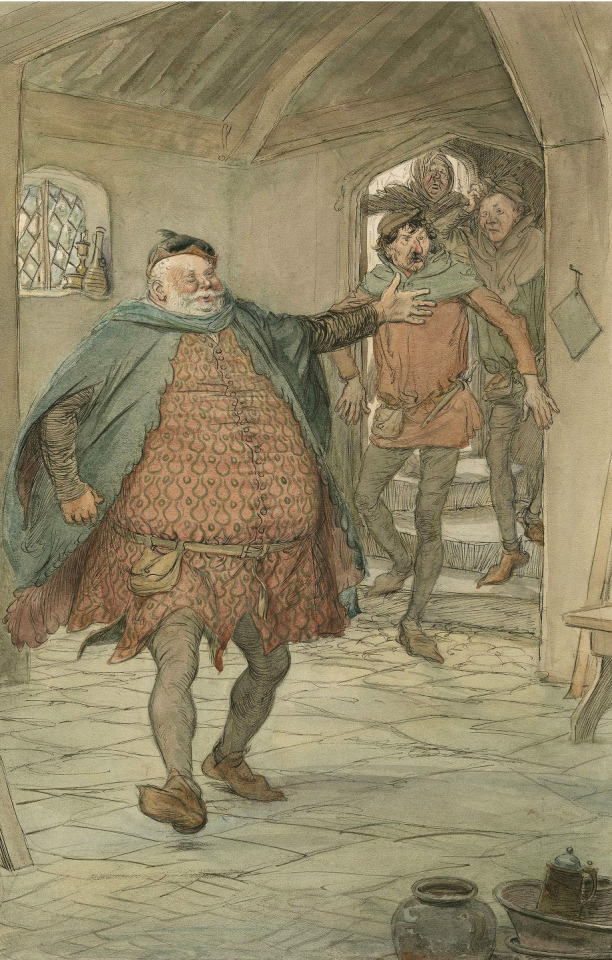
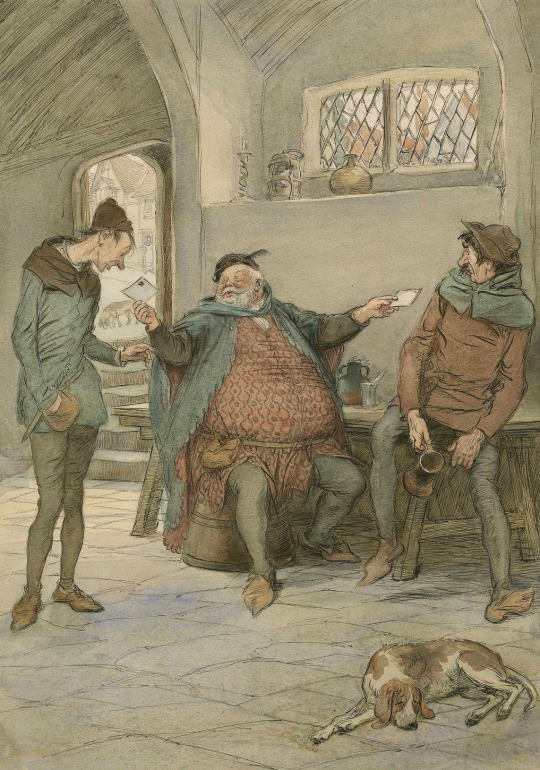
Hugh Thompson’s illustrations for William Shakespeare’s The Merry Wives of Windsor.
49 notes
·
View notes
Text
she merry on my wives til i windsor
78 notes
·
View notes
Photo
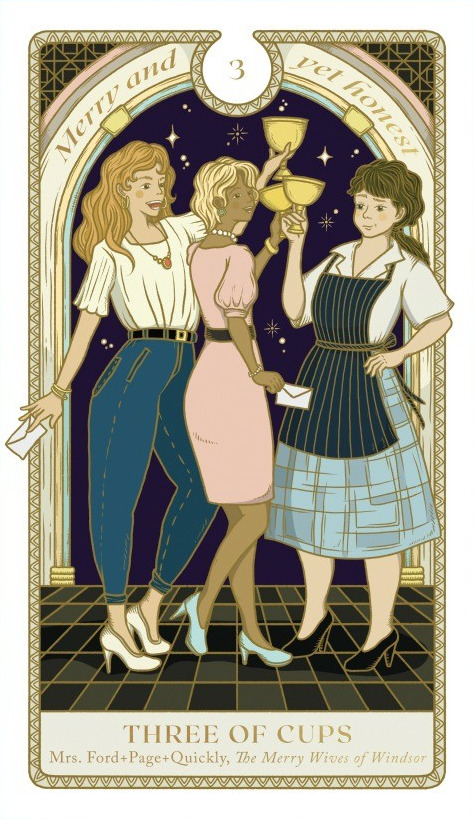
Three of Cups. Art by Eunice Choi, from Bard’s Arcana: The Tarot of Shakespeare.
Mrs. Ford, Page, Quickly, The Merry Wives of Windsor
#Eunice Choi#Bard’s Arcana#Three of Cups#Three#Cups#Minor Arcana#Tarot#Literature#William Shakespeare#The Merry Wives of Windsor
8 notes
·
View notes
Text
Never read the merry wives of windsor so going to it blind and then being hit with "this is being staged as a 90s sitcom" sent me into orbit. Willy Shakes is back baby with a brand new show on ABC
10 notes
·
View notes
Text
Just came across the word “welkin” [heavens, firmament] in Shakespeare’s Merry Wives of Windsor:
NYM
I have operations which be humors of revenge.
PISTOL
Wilt thou revenge?
NYM
By welkin and her star!
[I.iii.92-4]
The other place I know I’ve seen this word is in Gilbert and Sullivan’s Ruddigore, when the chorus of bridesmaids announce the arrival of Richard Dauntless in Act I:
From the briny sea
Comes young Richard, all victorious!
Valorous is he —
His achievements all are glorious!
Let the welkin ring
With the news we bring!
Sing it — shout it —
Tell about it —
Safe and sound returneth he,
All victorious from the sea!
I realized I didn’t know where this word comes from, other than a sense that it feels old and Germanic. My instincts were right!
Modern English “welkin” comes from a Middle English word (welken, welkne, wolkne) describing a range of sky-related concepts: cloud, sky, heavens, the celestial sphere, and (possibly) weather. This in turn comes from an Old English word whose singular (wolcn) means “cloud” and whose plural (wolcnu) means “sky, heavens”. (I love the idea of conceptualizing the sky as the plural of “cloud”! A reflection of typical weather patterns where that usage emerged?) And then, that Old English word traces back to Proto-Germanic *wulkaną [cloud], which in turn traces back to Proto-Indo-European *welg- [damp, wet]. (The defining salient feature of clouds in early Germanic languages was, apparently, that they are wet!)
That same PIE root also turns out to be the source of Proto-Slavic *volga [moisture, wetness] — which is the root of Russian влага/vlaga [moisture] and влажный/vlazhny [moist, damp, humid] *and* of the name of the River Volga!
18 notes
·
View notes